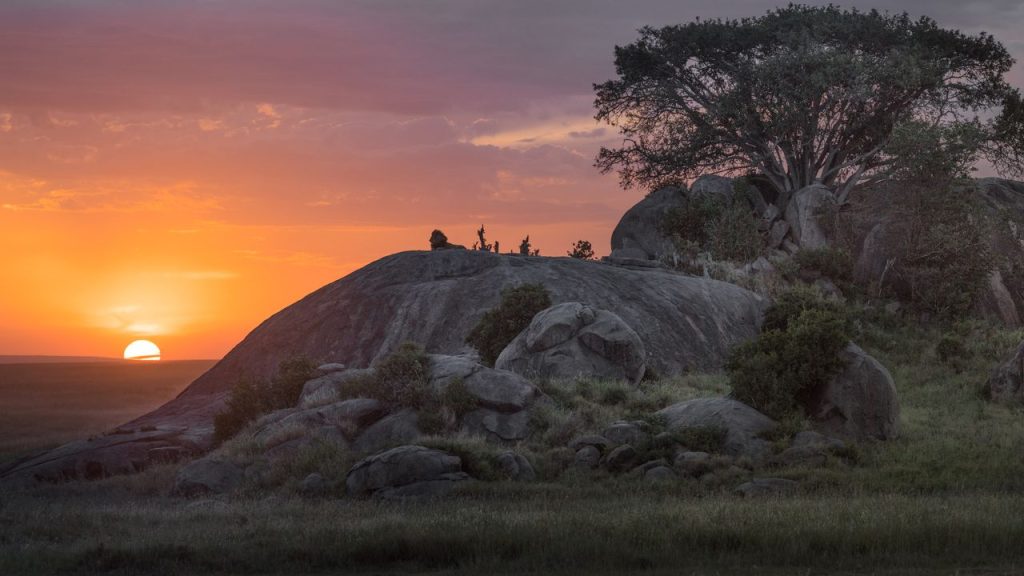Embarking on an Unforgettable Journey: The Mount Kilimanjaro Trek
Mount Kilimanjaro, located in Tanzania, is the highest peak in Africa and one of the most sought-after destinations for adventure enthusiasts around the world. Standing tall at 5,895 meters (19,341 feet), conquering this majestic mountain is an experience like no other. Whether you are an experienced trekker or a novice adventurer, the Kilimanjaro trek offers a thrilling and rewarding challenge.
Kilimanjaro Trekking Seasons
Before embarking on your Kilimanjaro trek, it is crucial to understand the different trekking seasons and choose the one that suits you best. Mount Kilimanjaro can be climbed all year round, but there are two main trekking seasons: the dry season and the wet season.
The dry season, which runs from June to October, is considered the best time to climb Kilimanjaro. During this period, the weather is generally clear, and the risk of rain is minimal. The temperatures are also milder, making it more comfortable for trekkers. The dry season is especially popular among climbers, so expect more crowds on the mountain.
The wet season, from November to May, brings rain and snow to Mount Kilimanjaro. While trekking during this season can be more challenging due to slippery trails and unpredictable weather conditions, it offers a unique and breathtaking experience. The mountain is less crowded, and the lush vegetation adds to the scenic beauty of the trek.
Kilimanjaro Fauna
As you ascend Mount Kilimanjaro, you will witness a remarkable variety of flora and fauna. The mountain is home to a diverse ecosystem, with different vegetation zones as you climb higher.
The lower slopes of Kilimanjaro are covered in lush rainforests, where you can spot a wide range of plant species, including giant lobelias and tropical flowers. As you continue your ascent, you will enter the heath and moorland zone, characterized by heather and grasses.
As you reach higher altitudes, the landscape transforms into an alpine desert. Here, you may encounter unique plant species that have adapted to the harsh conditions, such as the famous Kilimanjaro groundsel. Keep an eye out for wildlife as well, as Kilimanjaro is home to various species, including colobus monkeys, elephants, and even leopards (although sightings are rare).
Kilimanjaro Routes
There are several routes to choose from when planning your Kilimanjaro trek, each offering a different experience and level of difficulty. Here are some popular routes:
- Machame Route: Known as the “Whiskey Route,” it is one of the most scenic routes, offering breathtaking views and diverse landscapes. It is suitable for trekkers with some hiking experience.
- Marangu Route: Also known as the “Coca-Cola Route,” it is the most popular and well-established route. It provides hut accommodation, making it a good option for those who prefer more comfort.
- Lemosho Route: This route offers a longer and more gradual ascent, allowing for better acclimatization. It is less crowded and provides stunning views of the mountain.
- Rongai Route: Starting from the northern side of Kilimanjaro, this route is known for its wilderness and solitude. It is less crowded and offers a unique perspective of the mountain.
Regardless of the route you choose, it is essential to be well-prepared physically and mentally. Acclimatization is crucial to increase your chances of reaching the summit successfully. Hiring an experienced guide and a reliable trekking company is highly recommended to ensure your safety and make the most of your Kilimanjaro adventure.
Embarking on a Mount Kilimanjaro trek is a once-in-a-lifetime experience that will push your limits, test your endurance, and reward you with breathtaking views and a sense of accomplishment. Choose the right season, explore the diverse fauna, and select the route that suits your preferences. Get ready to conquer the roof of Africa and create memories that will last a lifetime!

